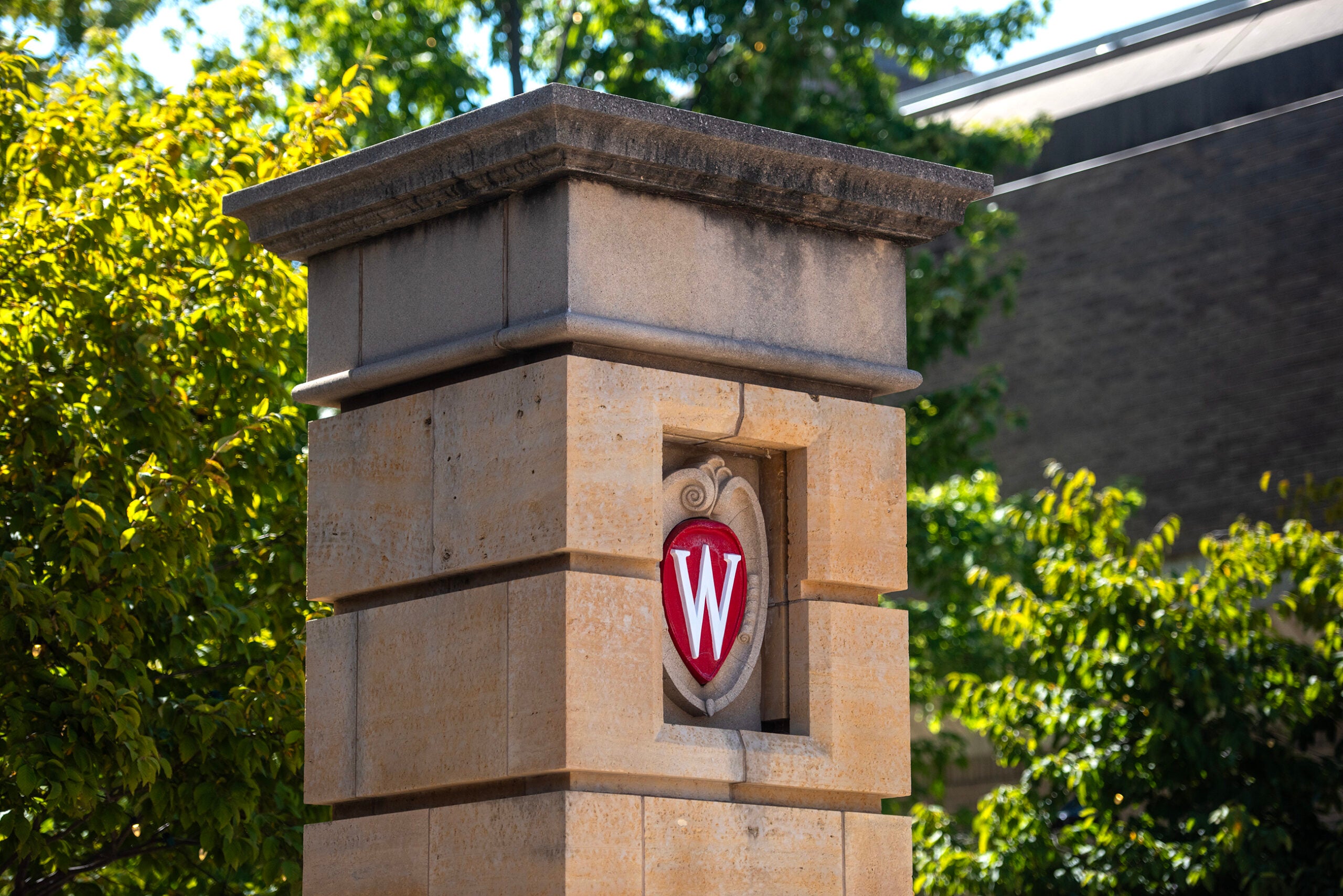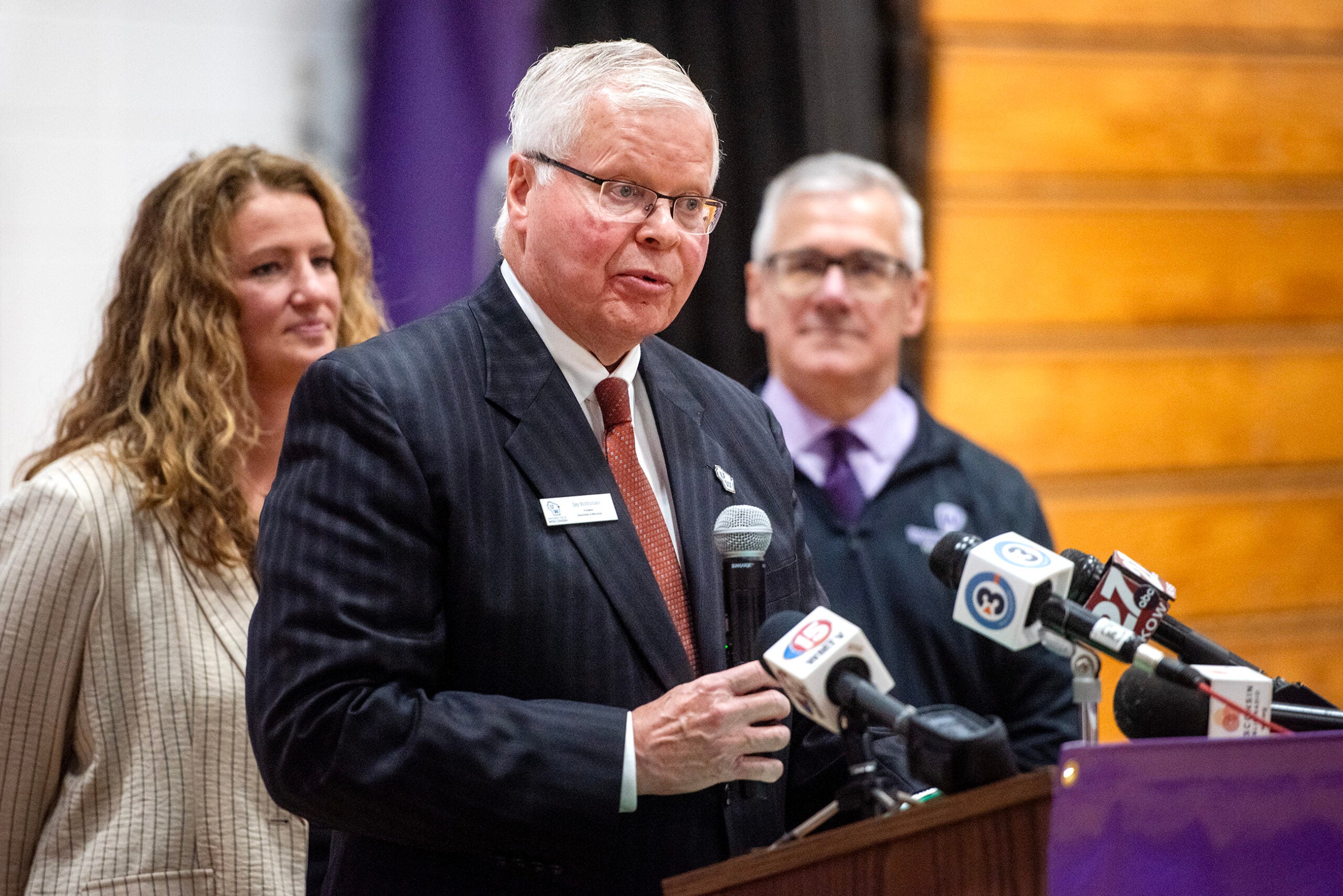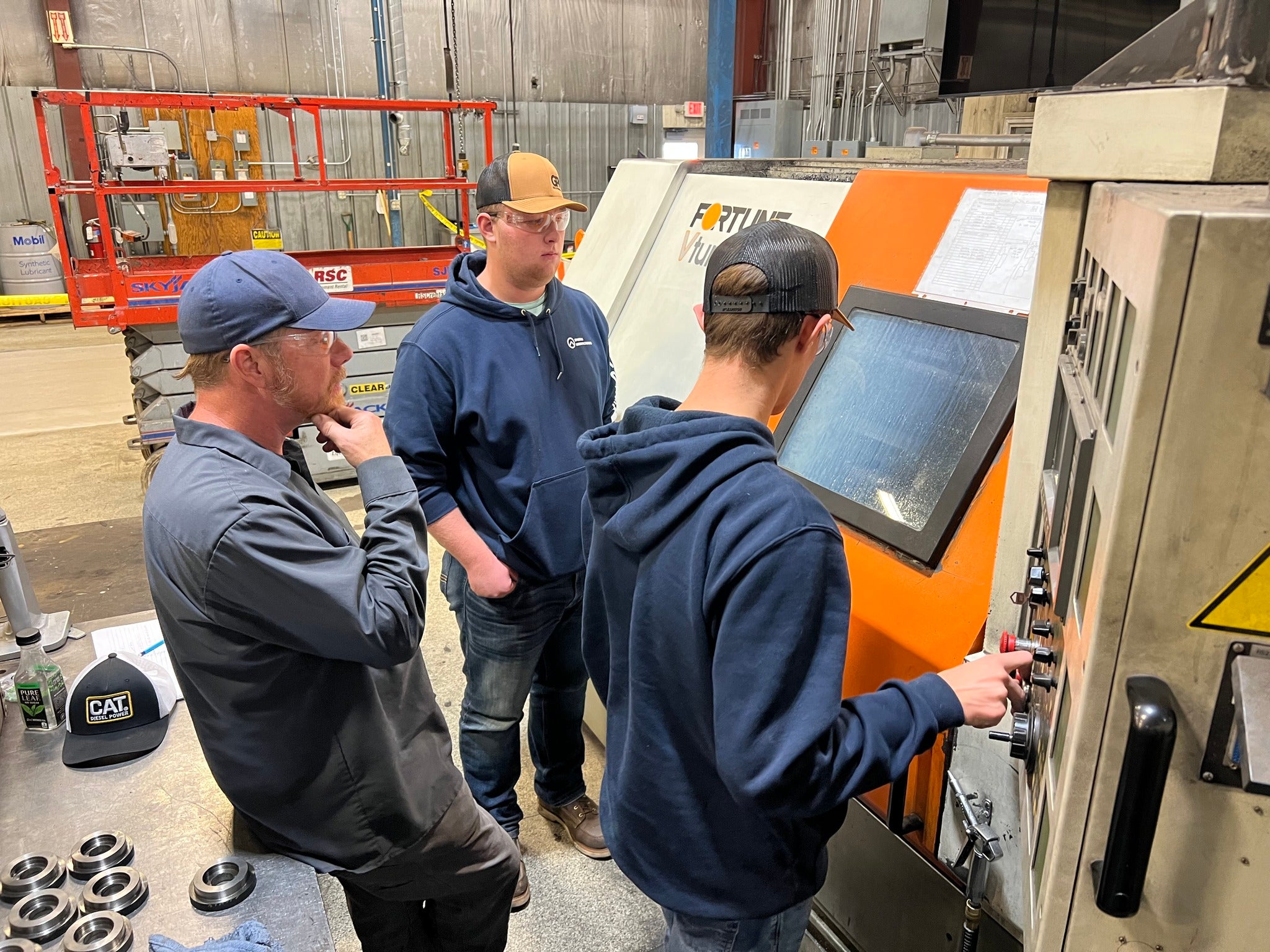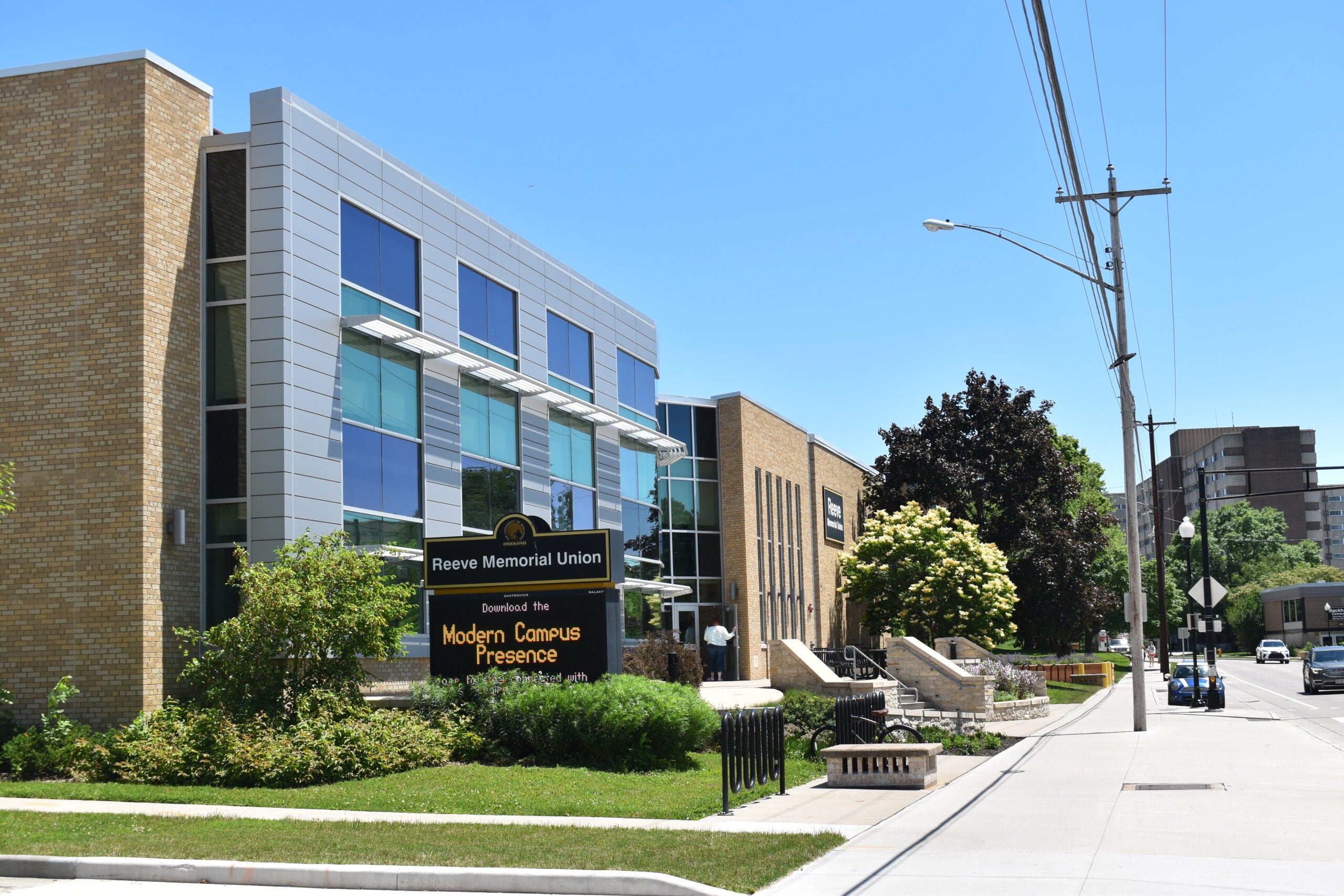Participation in the University of Wisconsin-Madison’s “massive online open courses” — also known as MOOCs — has skyrocketed to well above the national average following an overhaul of the university’s offerings.
MOOCs are online courses that colleges and universities offer to the public free of charge, many of which garner thousands of users from across the globe. The classes made major headlines a few years ago when they were widely touted as a threat to higher education.
When UW-Madison launched its pilot suite of MOOCs in fall of 2013, nearly 40,000 participants from around the globe enrolled per class. However, while enrollment was high, follow-through was not: The MOOCs only had a 2 percent active participation rate. The majority of those users were from outside the U.S., and only about 1 percent of participants were from Wisconsin.
News with a little more humanity
WPR’s “Wisconsin Today” newsletter keeps you connected to the state you love without feeling overwhelmed. No paywall. No agenda. No corporate filter.
“We wanted a more active engaged participant base, even if it meant a smaller participant cohort,” said Lika Balenovich, the lead communicator for UW-Madison’s MOOC program.
The university launched its second phase of MOOC offerings this past January, but this time it took a different approach. Whereas courses from the first phase had covered broad topics such as human evolution and globalization, the new courses all focused on one common theme — environmental issues and the Midwest.
In addition to specifying the course offerings, the university hosted face-to-face events in Wisconsin on the course topics.
As a result, there’s been a steep drop in enrollment: The average MOOC size in 2015 amounts to about 8,000 users. Participation, however, has skyrocketed to an average of nearly 57 percent.
MOOCs are generally self-taught. Users watch videos created by the course instructor, complete various assessments and participate in online forums to learn the content. Because MOOCs do not grant college credit, participants generally have different expectations for the amount of information they want from the course.
“Many participants register because it seems like an interesting course or something they would like to do in an ideal situation, but when the practicalities of actually spending the time to do it arise, they simply don’t participate,” said Professor Alan Carroll.
Carroll taught a MOOC this summer called “Energy and the Earth.” The course had more than 12,000 enrollees, with nearly 6,000 actively participating.
“It’s not necessarily the case that everyone has the same goals out of the course,” said Carroll. “Some students like to pick and choose content and have specific areas they’re interested in.”
The number of Wisconsinites participating in UW MOOCs also shot up.
“We did go from anywhere from 1 to 3 percent in phase one of Wisconsin participation, to 6 percent at the lower end to 17 percent Wisconsin participation in phase two. In a space like this where you’re getting a highly diverse pool of learners is really excellent,” Balenovich said.
Each course is roughly four weeks long. The next course to be offered is focused on forest ecology, and will begin on Sept. 30.
Wisconsin Public Radio, © Copyright 2026, Board of Regents of the University of Wisconsin System and Wisconsin Educational Communications Board.





